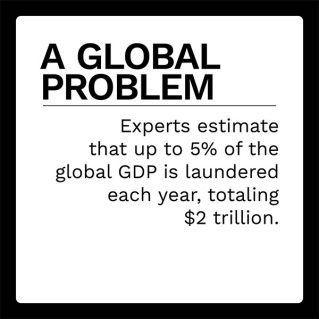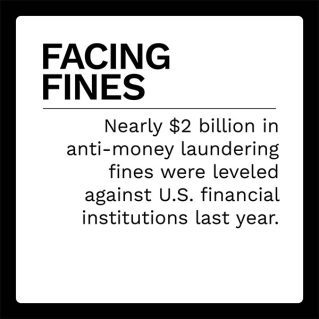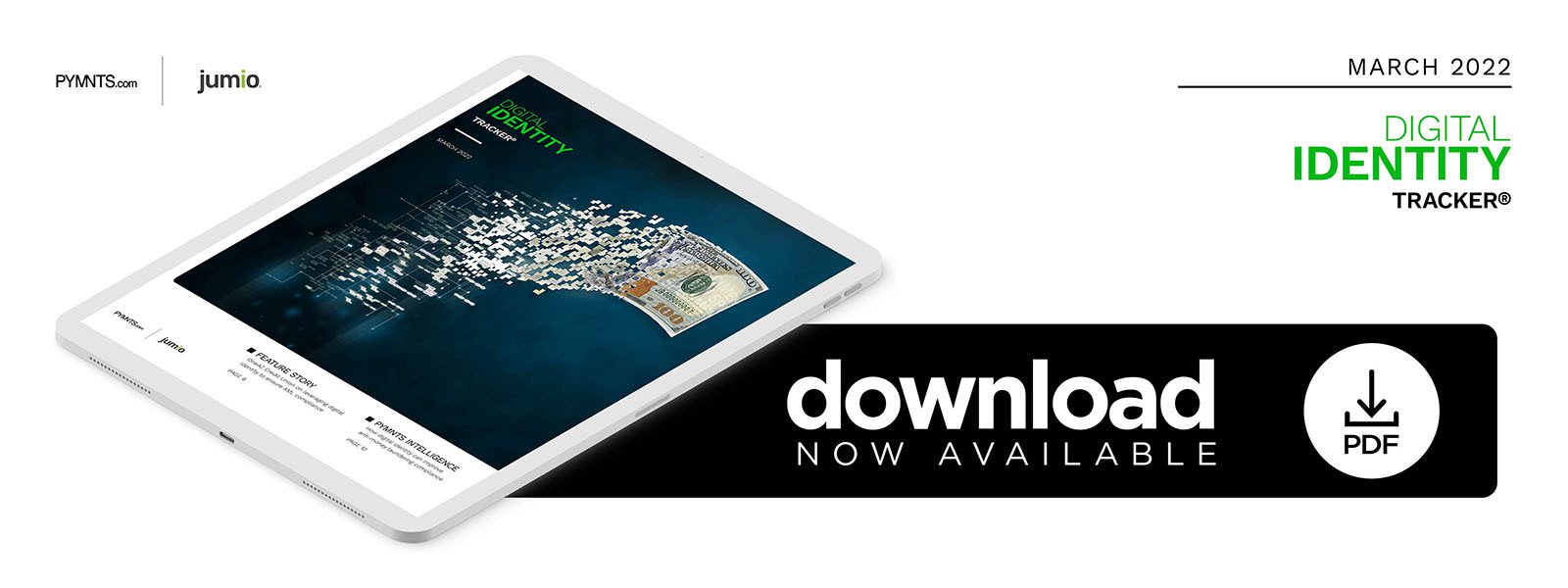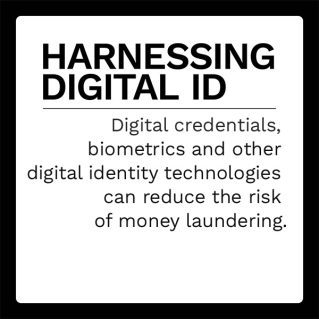FIs Use Digital Identity to Curb Money Laundering and Comply With Gov’t Rules

Digital identities are becoming more prevalent as awareness of their security and convenience grows, and they are expanding into new use cases like anti-money laundering (AML). This crime has ballooned in recent years as eCommerce and other digital transactions have become more popular, offering launderers new avenues for processing their ill-gotten gains. Experts estimate that up to 5% of the global gross domestic product (GDP) is laundered each year, totaling $2 trillion. Half of all money laundering goes completely undetected, moreover. One of the most popular tactics is known as transaction laundering or electronic money laundering, which accounts for $200 billion a year in the United States alone.
Digital identity protocols can help stop these illicit transactions in several ways. Tools such as behavioral analysis operate entirely behind the scenes, offering legitimate customers a smoother onboarding experience than obtrusive multifactor authentication or password entry. Distributed ledgers, digital credentials, biometrics and other digital identity technologies can also reduce the risk of money laundering by verifying user identities. Preventing money laundering is also critical for firms to avoid punishment from oversight authorities: Last year saw nearly $2 billion in AML fines leveled against U.S. financial institutions (FIs).
In the latest Digital Identity Tracker®, PYMNTS examines how the money laundering threat has evolved in the digital age, how oversight authorities can penalize firms that do not do enough to stop it and explores how digital identity protocols can curb money laundering and other financial crimes.
Around The Digital Identity Space
Digital fraud is a pressing issue for bank customers, with 46% saying they have recently been fraud victims. Customers are not particularly concerned about it, however — just 5% worry about real-time payments fraud, for example — because they generally trust their banks to keep them safe.  Seventy-two percent of customers surveyed said their FIs do enough to keep their money safe, with just 16% finding their banks’ security lacking. It is up to banks to live up to their customers’ expectations, as a significant percentage of those customers will switch FIs if they feel inadequately protected. Three out of 10 U.S. consumers said they would abandon their bank if they were unsatisfied with how the FI handled the fraud incident.
Seventy-two percent of customers surveyed said their FIs do enough to keep their money safe, with just 16% finding their banks’ security lacking. It is up to banks to live up to their customers’ expectations, as a significant percentage of those customers will switch FIs if they feel inadequately protected. Three out of 10 U.S. consumers said they would abandon their bank if they were unsatisfied with how the FI handled the fraud incident.
Ensuring that customers are who they say they are has become crucial to keeping this fraud at bay. Digital identity provider Jumio recently partnered with the U.K.-based Nationwide Building Society to add digital identity verification measures during the new member onboarding process. Nationwide’s sign-up procedure will now incorporate Jumio’s application programming interface (API), which leverages artificial intelligence (AI) and machine learning (ML) to examine identity documents and determine their veracity. Data points such as age can be extracted from driver’s licenses, for example, to establish applicants’ eligibility to open accounts.
For more on these and other stories, visit the Tracker’s News & Trends.
OneAZ Credit Union On Leveraging Digital Identity To Ensure KYC Compliance
Money laundering can be dangerous for FIs from multiple angles, including the money laundered itself and the harsh penalties from oversight agencies, including jail time. Ironclad digital identity protocols are crucial to ensuring compliance.
In this month’s Feature Story, PYMNTS talked with Margaret Chamberlain, vice president of risk management at OneAZ Credit Union, about how the FI deploys multifactor authentication and document verification to authenticate its members.
How Digital Identity Can Reduce Money Laundering And Improve AML Compliance
Experts estimate that up to 5% of the global GDP is laundered each year, a total of $2 trillion, and half of all money laundering goes completely undetected. Banks and payment processors themselves bear much of the responsibility for finding and stopping this money laundering, and they are subject to stiff penalties if they fail to identify it.
This month’s PYMNTS Intelligence examines the various money laundering methods and how digital identity technologies can keep them at bay.
About the Tracker
The Digital Identity Tracker®, done in collaboration with Jumio, examines the latest digital identity trends and developments.


